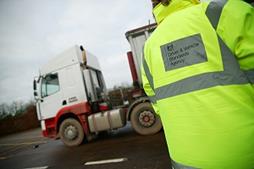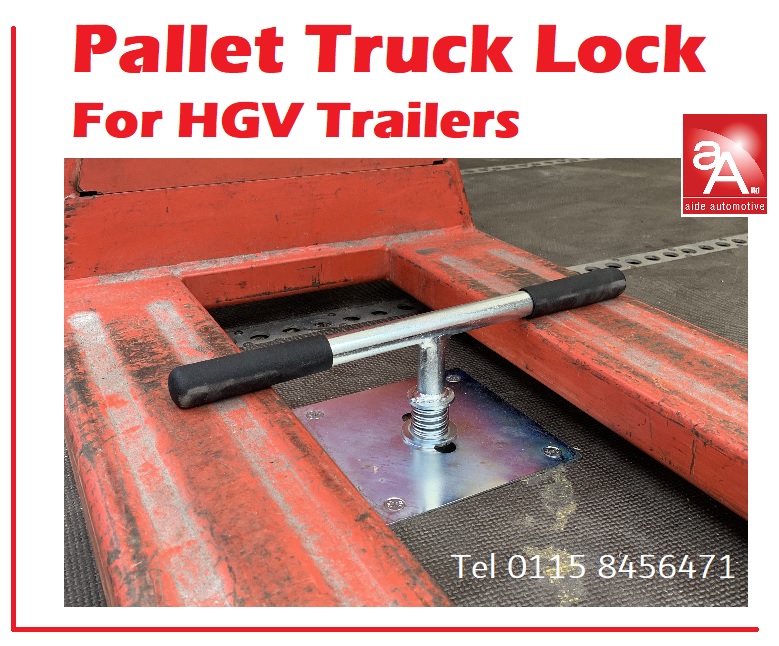aide automotive offer a range of products to help with DVSA Guide Roadworthiness
22-08-2017
CV Traffic Commissioners Review & Advice
Read Some Highlights OF TC's Annual Report for 2015-16
Recently reported in the Transport Operator, the seven traffic commissioners (TCs) of Great Britain have released their annual report for 2015-16, highlighting a broad range of transport compliance and enforcement issues identified during the course of the year, and their priorities for future progress.
The commissioners, who preside over the eight regional traffic areas, identified key concerns with regard to operator compliance, driving and maintenance standards, as well as problem areas for the authorities themselves to tackle in order to improve the services they offer.
TC Richard Turfitt, who oversees the largest traffic area, in the east of England, said he made little apology for “sounding like a broken record” when it came to vehicle inspections.
“As DVSA estimates that half of MoT fails could be avoided by checking that light-bulbs work, the condition and pressures of tyres and that mirrors, wipers and washers work, there is further work to do,” he said.
“I am appalled by the number of operators who have not even checked whether their inspection sheets are up to date by reference to DVSA’s Guide to Maintaining Roadworthiness.
“In the space of two weeks, two unconnected operators appeared before me suggesting their vehicles were being inspected against safety standards from 1972.”
North East of England - TC Kevin Rooney
Maintenance was key area of concern. Transport managers often failed to identify and eradicate the root cause of the problem, said the TC, after relating what he called a scene from “a typical public inquiry”.
TC: “So the wheels fell off. The police retrieved them from a nearby field. What did you do then?”
Transport manager: “The fitter went out with some new nuts and bolted them back on. He had a big bar with him – they won’t come off again in a hurry.”
TC: “So why did they fall off in the first place?”
Transport manager: “Because all the nuts had come off.”
TC: “So why had all the nuts come off?”
Transport manager: “They must have worked loose.”
TC: “Why did they work loose? When was the wheel last removed? Who removed and replaced it? Were the mating faces cleaned? Was the wheel re-torqued after 30 minutes or a few miles? Is your torque wrench in calibration? Do drivers know the setting for the different vehicles? Just what is your wheel re-torque procedure?”
Transport manager: “Our what?”
TC Sarah Bell chose this year to focus on what she called ‘the chain of responsibility’ – namely, the idea “that duties, such as those on the operator, transport manager, driver (even regulator) are not mutually exclusive. It represents a more positive way of communicating the collective impact of individual decisions, i.e. ‘all in it together’.”
She highlighted the area of safe loading, awareness of which she said had been high in the Western traffic area for some time thanks to the Remote Enforcement Office pilot.
“Much of the commercial vehicle industry acts responsibly and with a positive approach (albeit there is still much work to be done) but that is just one element,” she said.
She praised the work of Nina Day, senior engineer for road and workplace transport at the Health & Safety Executive’s Health & Safety Laboratory, who she said “is seeking to take the message along the supply chain – a safe load is not just the responsibility of the operator and driver.”
To read the full report go to Transport Operator CV Traffic Commissioners Annual Review
aide automotive offer a range of products to help with DVSA Guide Roadworthiness.






